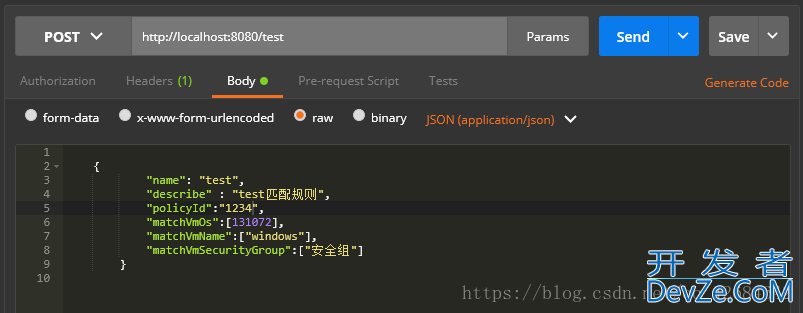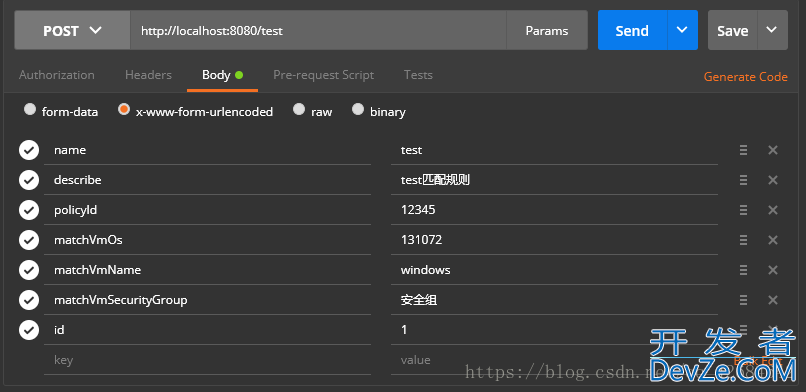SpringMVC中@ModelAttribute与@RequestBody的区别及说明
目录
- @ModelAttribute与@RequestBody的区别
- 这里先放结论
- 测试
@ModelAttribute与@RequestBody的区别
最近在写代码的过程中,发现之前项目都是使用的@ModelAttribute注解,而自己的一贯使用都是@RequestBody,在网上找资料也没有发现写的十分具体的博客,因此自己写了个SpringBoot的样例进行了测试验证。
@ModelAttribute与@RequestBody都是用来注解解析前端发来数据,并自动对应到所定义的字段名称。
这里先放结论
使用@ModelAttribute注解的实体类接收前端发来的数据格式需要为"x-www-form-urlencoded",@RequestBody注解的实体类接收前端的数据格式为jsON(application/json)格式。
(若是使用@ModelAttribute接收application/json格式,虽然不会报错,但是值并不会自动填入)
测试
首先新建一个SpringBoot项目,这个不需要像SpringMVC项目那么配置麻烦,因为十分推荐这个。
导入需要的spring-boot-starter-web包。由于测试的前端发送的为json数据,因此还需要导入json依赖。
<dependency> <groupId>net.sf.json-lib</groupId> <artifactId>json-lib</artifactId> <version>2.4</version> <classifier>jdk15&l开发者_开发入门t;/classifier> </dependency> javascript<dependency> <groupId>commons-lang</groupId> js <artifactId>commons-lang</artifactId> <version>2.5</version> </dependency> <dependency> <groupId>commons-beanutils</groupId> <artifactId>commons-beanutils</artifactId> <version>1.9.2</version> </dependency> <dependency> <groupId>commons-collections</groupId> <artifactId>commons-collections</artifactId> <version>3.2.1</version> </dependency> <dependency> <groupId>commons-logging</groupId> <artifactId>commons-logging</artifactId> <version>1.2</version> </dependency>
根据前端发送的数据,定义自己的接收实体类RuleModify,其字段名与前端发送的key值一致,若是需要改变,可以使用@SerializerNamhttp://www.devze.come("")进行对应相应的key值。这里就不贴出代码。
在Controller层对于要测试的方法使用@RequestBody接收前端数js据,可以看到数据都一一对应到实体类中了(测试工具为postman)。
@RestController
@RequestMapping("/")
public class TestController {
@RequestMapping(value = "/test" ,method = RequestMethod.POST)
public Stri编程客栈ng testJson(@RequestBody RuleModify rule){
System.out.println("执行");
JSONObject jsonObject = JSONObject.fromObject(rule);
System.out.println(jsonObject);
return "hello";
}
}
postman模拟前端发送请求。

可以看到成功打印出实体类,数据已经对应到字段中了。

接下来使用@ModelAttribute注解RuleModify类,可以看到JSON(application/json) 格式下,数据为空,字段没有进行注入。

使用postman的x-www-form-urlencoded方式进行模拟

可以看到后端成功的注入了数据。

至于这两个注解的选择,还是看前端会发送什么格式的数据之后来进行自由的选择吧。
以上为个人经验,希望能给大家一个参考,也希望大家多多支持我们。






 加载中,请稍侯......
加载中,请稍侯......
精彩评论